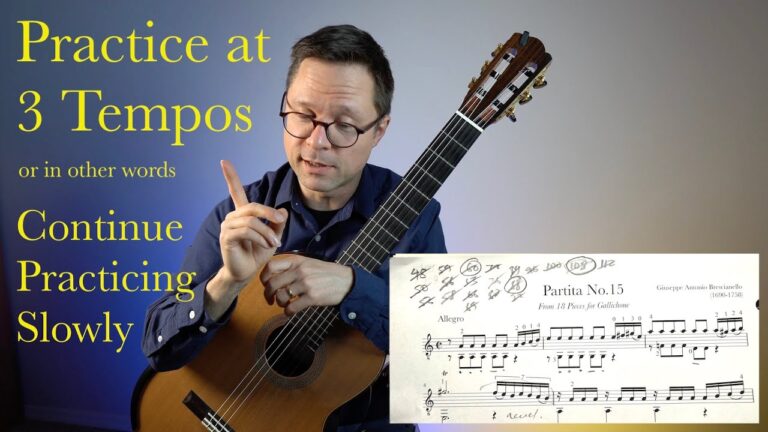Robin Reddocke, Anonymous Lute Work Arranged for Guitar. PDF sheet music or tab with free lesson video. This is from my book Easy Classical Guitar Pieces- Volume One – 15 Easy Songs Ranging from the Renaissance to the Romantic Era. Approximate Grade Level is easy-intermediate, Post-Method Book to Grade 3. Includes both notation-only edition and tab edition.
Robin Reddocke is a lute work from the Ballet Lute Book of the Late 16th Century. It is one of the easiest pieces in my book but has a simple charm to it. Just make sure to use the left hand fingering provided in the book and to alternate i, m. You can also check out the original lute tablature and a lute lesson from the Lute Society on this page although they dive into ornamentation and more advanced ideas that are out of the scope of my book. YouTube Lesson Video Link





Hi,
when you say to alternate m and i, how strict do you mean that? I want to do the right thing and I tend to be haphazard when it comes to which finger picks which note.
Do you mean no matter what upper note and no matter what string of the g, b, and e strings to use strict alternate picking of the m, and i?
If it becomes awkward you can throw in the ‘a’ finger to on occasion. Otherwise, try to be strict about it to some extent. It’s a fingering concept so do your best. Sometimes it’s easier to address habits like this in technique practice. Practice your scales with strict i, m alternation and hopefully you’ll generally be able to do it in pieces.
Thank you, that’s sort of what I was wondering. I’ll work on it the way you suggested.